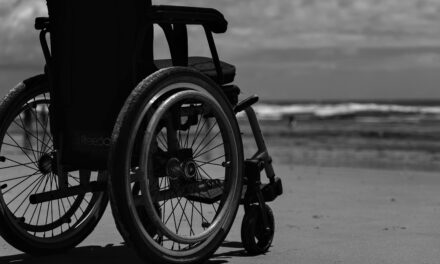
How Adverse Weather Conditions Can Lead to Motorcycle Accidents

Adverse weather conditions pose significant challenges for motorcycle riders and can increase the risk of
accidents. Rain, snow, fog, strong winds, and other weather elements create hazardous road conditions that affect
visibility, traction, and overall control of motorcycles. In this article, we will explore how adverse weather
conditions can lead to motorcycle accidents, emphasizing the importance of cautious riding and adopting
appropriate safety measures.
Reduced Visibility
Adverse weather conditions often result in reduced visibility, making it difficult for both motorcyclists and
other drivers to see clearly. Rainfall, fog, or heavy snow can obstruct vision, reducing the time available to
react to hazards. Motorcycles, already less visible than larger vehicles, become even harder to spot in adverse
weather. This decreased visibility increases the risk of collisions and requires riders to exercise extra
caution.
Decreased Traction
Wet or icy road surfaces significantly reduce traction, making it harder for motorcycles to maintain stability
and control. Rainwater, snow, or ice on the road can create slippery conditions, increasing the risk of skidding,
sliding, or losing control of the motorcycle. Reduced traction affects braking distance and the ability to
navigate turns safely. Riders must adjust their speed and braking techniques to compensate for the decreased
traction caused by adverse weather conditions.
Challenging Maneuverability
Adverse weather conditions, such as high winds or heavy rain, can make maneuvering a motorcycle more challenging.
Strong gusts of wind can push a motorcycle off course or destabilize it, requiring riders to maintain a firm
grip on the handlebars and make constant adjustments. Riding in heavy rain can cause hydroplaning, where the
tires lose contact with the road surface, further compromising control and maneuverability. Riders need to be
aware of these challenges and adapt their riding techniques accordingly.
Increased Stopping Distance
Adverse weather conditions lengthen the stopping distance for motorcycles. Rain, snow, or icy surfaces reduce
the effectiveness of brakes and increase the distance required to come to a complete stop. Riders must allow
additional space and time to stop, particularly when following other vehicles or approaching intersections.
Adjusting speed, using gentle braking, and maintaining a safe distance from other vehicles can help compensate
for the increased stopping distance.
Safety Measures in Adverse Weather
To mitigate the risks associated with adverse weather conditions, motorcyclists should adopt the following
safety measures:
- Wear appropriate gear: Utilize protective gear designed for adverse weather conditions, including
waterproof or insulated jackets, pants, and gloves. Consider using anti-fog visors or goggles to maintain
visibility in foggy or rainy conditions. - Maintain a safe speed: Reduce your speed to adjust for the decreased traction and visibility. Slow down when
encountering adverse weather conditions to enhance control and reaction time. - Increase following distance: Allow for additional space between your motorcycle and other vehicles to
compensate for longer stopping distances. This provides a buffer in case of sudden braking or loss of
control. - Use proper lighting: Ensure your motorcycle’s headlights and taillights are functioning correctly and are
visible to other motorists. Turn on your headlights even during the day to enhance your visibility to other
drivers. - Check weather forecasts: Stay informed about weather conditions before embarking on a ride. If severe weather
is predicted, consider postponing your ride or planning an alternate route.
Conclusion
Adverse weather conditions can significantly increase the risk of motorcycle accidents. Reduced visibility,
decreased traction, challenging maneuverability, and increased stopping distances pose unique challenges for
riders. By adopting cautious riding techniques, wearing appropriate gear, and staying informed about weather
conditions, motorcyclists can mitigate the risks and ensure safer journeys in adverse weather conditions.








